Formed and existing in the history of the development of the nation, the ethnic groups of the mountainous and border areas of the Northeast; as the concept of many researchers on the traditional craft villages of the Tay and Nung people in Cao Bang as well as in other regions of the country, this is the place to preserve the precious material and spiritual cultural values of our nation.
The system of traditional craft villages in Cao Bang is often concentrated according to ethnic groups. The products created from craft villages are handicrafts, the result of the creative labor of the talented hands and minds of generations of residents attached to the profession, to the village, to the community. The products of the craft villages have gone through many changes of the times but still retain their unique features and leave traditional cultural marks to this day. In the past centuries and present, many traditional craft villages of the Tay and Nung people in Cao Bang no longer exist or have been lost, or lost their profession. Some professions such as cotton growing and silkworm raising now only exist in very few places, if any, there are only a few families struggling with the profession trying to hold on to it.
The remaining traditional craft villages of the Tay and Nung people in Cao Bang today have also gone through difficult times because their products had no place to sell and could not compete with industrial products; the lives of those who made the crafts, especially the artisans, faced difficulties. The remaining traditional craft villages of the Tay and Nung people today are those that have stood the test of time and the changes of the times. They not only have economic value but each craft village is a cultural address, reflecting the unique culture of each region and locality.
The preservation and development of traditional craft villages not only meets the needs of economic and social development in general but also meets the needs of preserving the traditional cultural values of ethnic minorities and mountainous border areas of the Fatherland. It is also one of the bases for developing types of ethnographic tourism, cultural tourism, ecological tourism, etc., in which cultural tourism is and will be dominant. In order to meet the needs of exploiting tours to craft villages, meeting the needs of tourists for sightseeing, research and even finding business opportunities, many solutions are needed.

First of all , traditional craft villages need to be invested in both capital and intelligence to ensure that the products always retain their unique features, expressing cultural identity through each pattern, material, style and type... Traditional handicraft products in craft villages are only highly attractive when they are unique and have a strong cultural content. Many domestic and foreign tourists come to Cao Bang, when buying, viewing and learning about a traditional handicraft product, tourists really like handmade products, completely local materials and are symbols of local cultural heritage.
Second , preserving traditional cultural values in works such as: village structures, sculptures in houses of craft villages and in festivals. It will be less attractive to tourists when craft villages themselves lose themselves through urbanization, solidification, destruction of the landscape and environment, destruction of the cultural environment. Festivals held in craft villages need to be restored in a sequence with traditional cultural standards without creating bad customs. Tourists will certainly be interested and attracted by the colorful ethnic costumes. Performances, folk games, competitions in village festivals need to be invested in both intelligence and money to find the unique and special features of each profession, each craft village, each separate ethnic group and each different region.
Third , when organizing tours to traditional craft villages for tourists, we bring tourists to the festival atmosphere with the production status of the craft villages themselves. Directly watching and chatting with people who are making handicraft products is a great pleasure for tourists. It is also a cultural activity in the form of cultural tourism because it makes visitors feel like they can touch and reach the cultural creations of the Tay - Nung people of ancient Cao Bang. The interesting feeling also appears when tourists have in their hands the products that have just left the hands of the craftsmen. To do so, it is necessary to create a craft village tourism environment, from roads, paths, sanitary facilities, fruit trees to resting conditions and minimum services for tourists when coming to craft villages. On the other hand, cultural behavior also needs to be maintained in the community of traditional craft villages.
Traditional craft villages in Cao Bang still need to become destinations in tourism programs from the capital and neighboring provinces. Its appeal is its traditional cultural values. Therefore, preserving and exploiting the traditional cultural values of craft villages is a practical and scientific requirement that is valuable today and tomorrow. Along with preserving, introducing and promoting the unique and distinctive cultural values of craft products in craft villages, it also increases financial income, improves the economic life of people in craft villages, contributes to poverty reduction, improves the economic, cultural and social life of craft villages in particular and the whole society in general.
Hoang Thi Nhuan
Source: https://baocaobang.vn/nghe-lang-nghe-truyen-thong-cua-nguoi-tay-nung-o-cao-bang-trong-su-phat-trien-ben-vung-3176324.html


![[Photo] Bus station begins to get crowded welcoming people returning to the capital after 5 days of holiday](https://vphoto.vietnam.vn/thumb/1200x675/vietnam/resource/IMAGE/2025/5/4/c3b37b336a0a450a983a0b09188c2fe6)
![[Photo] National Assembly delegates visit President Ho Chi Minh's Mausoleum](https://vphoto.vietnam.vn/thumb/1200x675/vietnam/resource/IMAGE/2025/5/5/9c1b8b0a0c264b84a43b60d30df48f75)
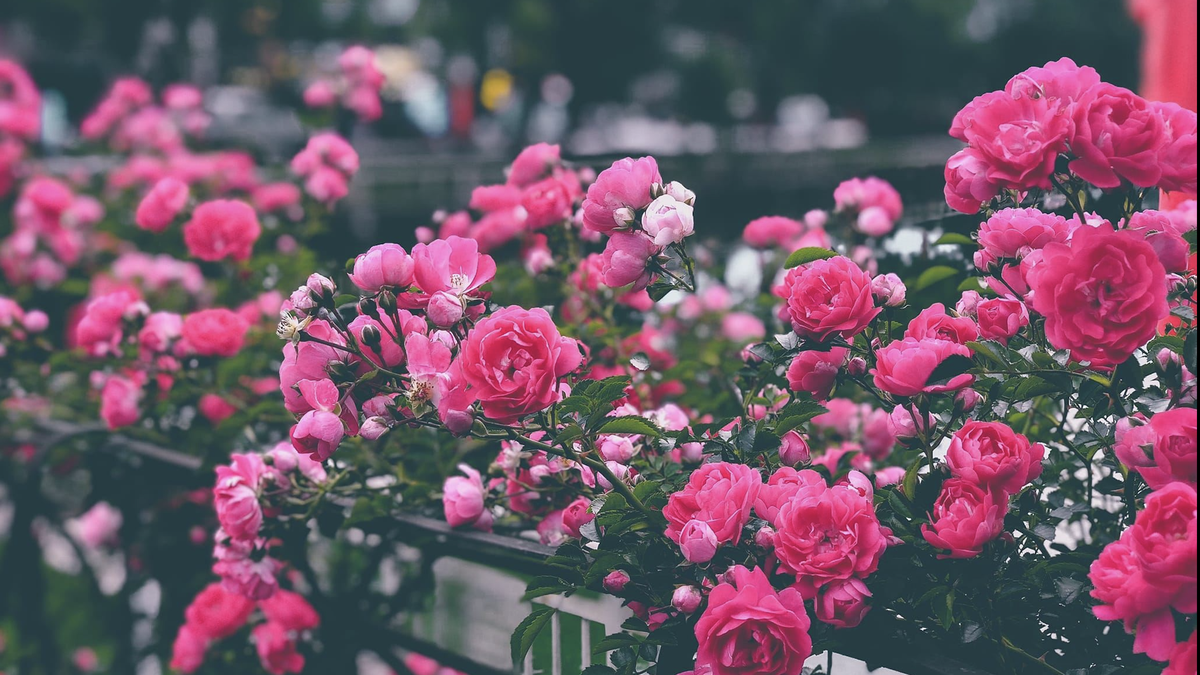

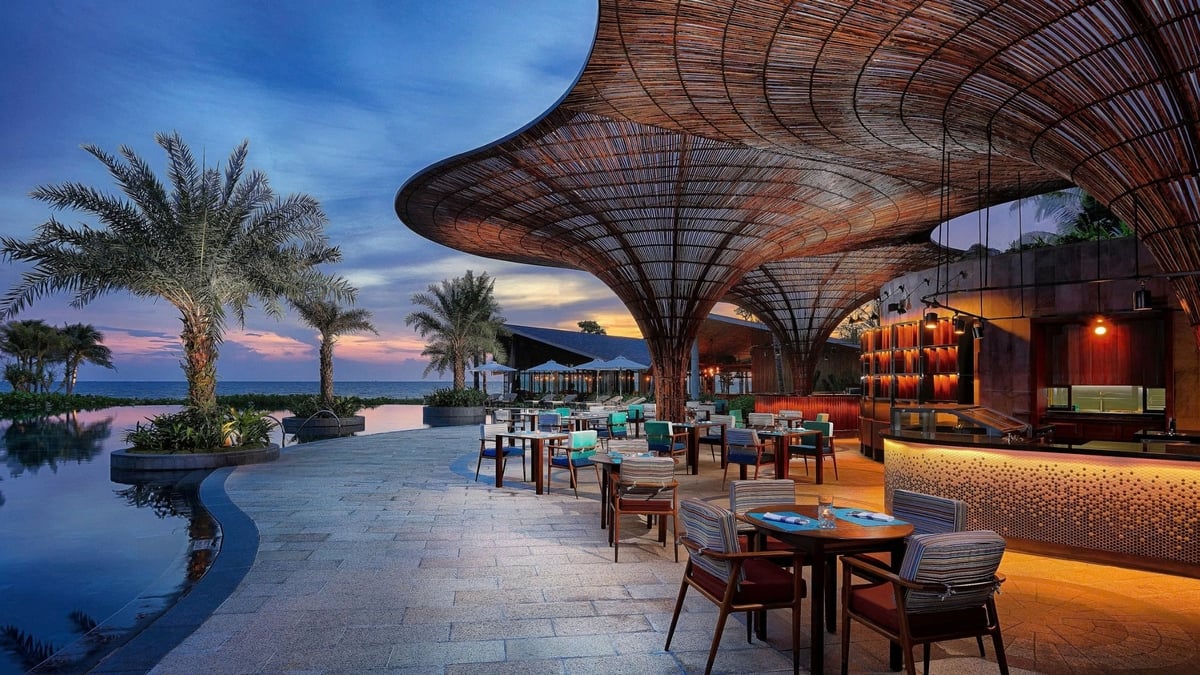


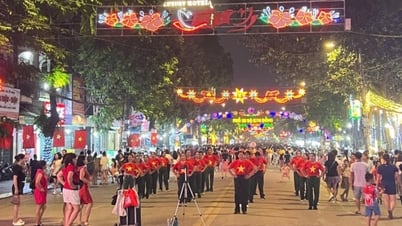
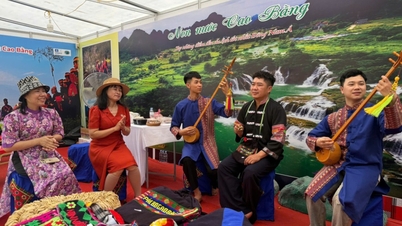
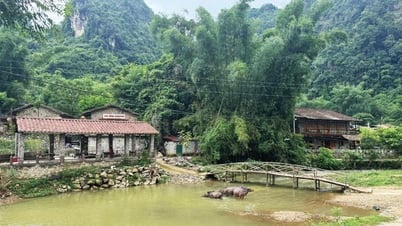




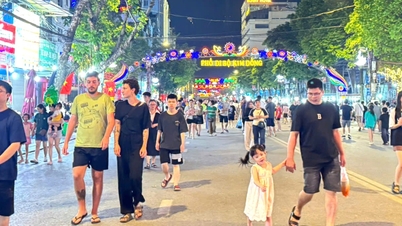

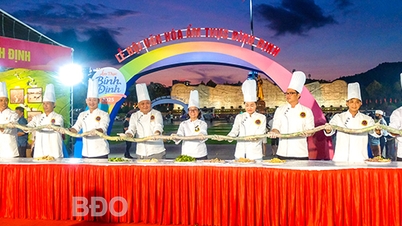











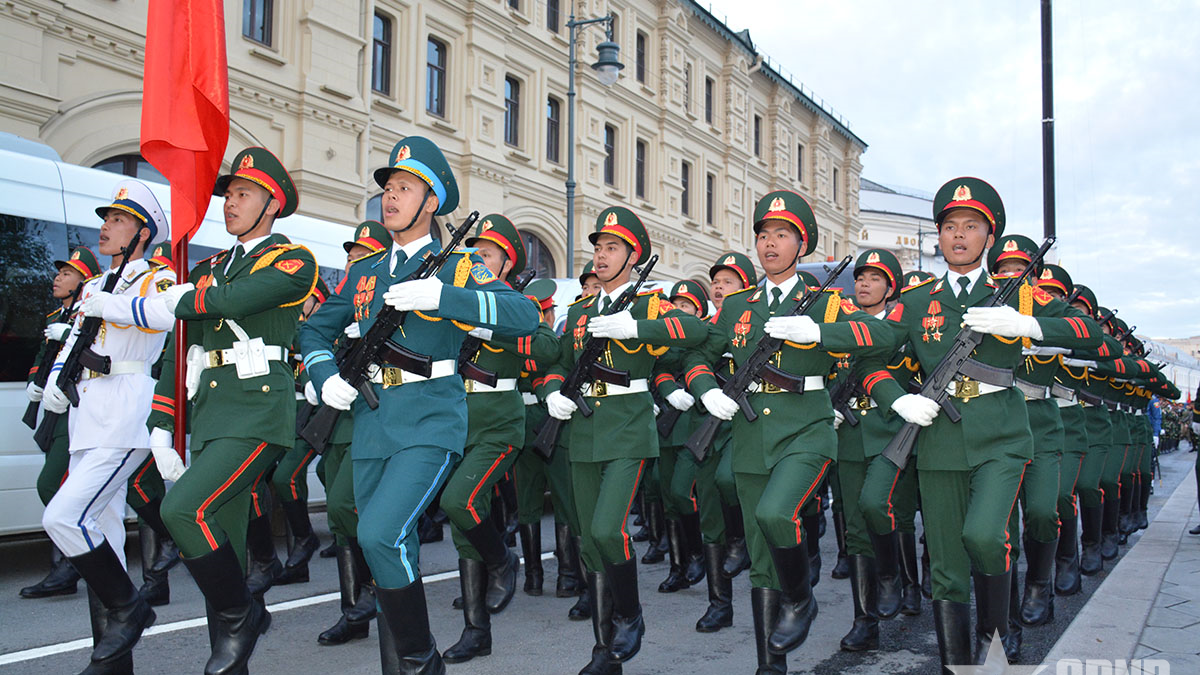
![[Photo] General Secretary To Lam receives Sri Lankan President Anura Kumara Dissanayaka](https://vphoto.vietnam.vn/thumb/1200x675/vietnam/resource/IMAGE/2025/5/4/75feee4ea0c14825819a8b7ad25518d8)
![[Photo] Vietnam shines at Paris International Fair 2025 with cultural and culinary colors](https://vphoto.vietnam.vn/thumb/1200x675/vietnam/resource/IMAGE/2025/5/4/74b16c2a197a42eb97597414009d4eb8)


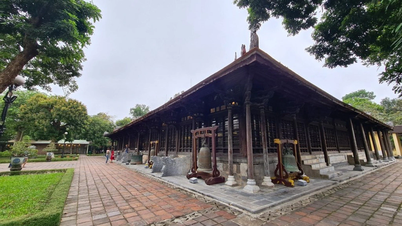








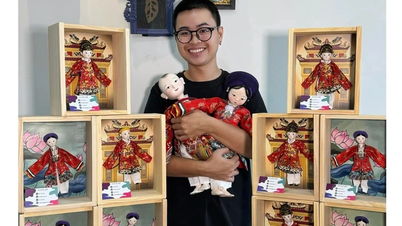




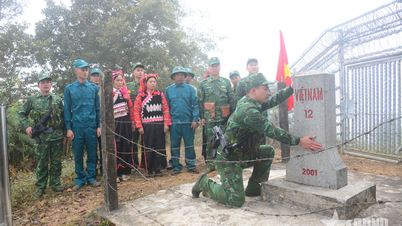





































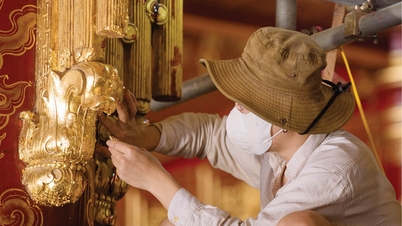




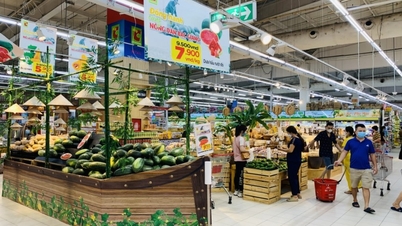



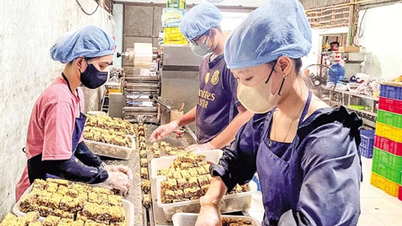





Comment (0)